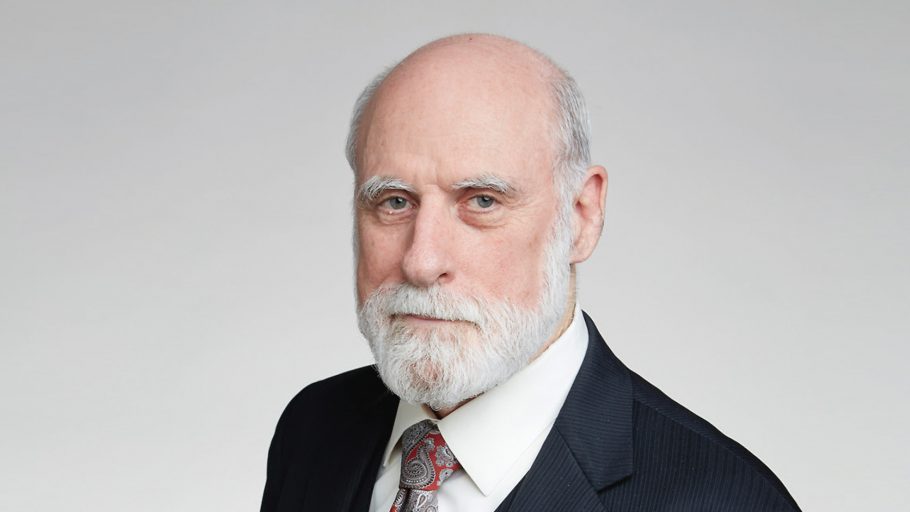The Future of the Internet
As this article is being written, contributors are editing, meeting, and discussing its content all from the comfort of their own homes. Life, and work, must go on. If nothing else, this time has taught us that widespread remote work is possible, and that it requires resilient Internet infrastructure. It is highly likely that, as we “reopen” the economy, many will continue to work remotely. This extended shift in the traditional workplace may very well lead to a new model of business with more emphasis on geographic freedom. If this is the case, increased Internet resiliency will be essential to accommodate the sustained demands of remote work. Subsequently, during times of lower demand it will be incumbent on the Internet community to develop more extensive reserve capacities in order to prepare for crisis-level Internet demand.
The spirit of preparation and preservation was the driving force behind the formation of the Internet Ecosystem Innovation Committee (IEIC) in 2019. Executives across industries and geographies united to form a global committee, focused on diversifying and strengthening our current Internet infrastructure. The IEIC’s membership is comprised of leaders from diverse industries in order to include a comprehensive community of providers and users. We know that the Internet is central to the seamless operation of all modern companies, regardless of industry. Therefore, it is essential that the IEIC reflects all the ways that modern businesses have become “technology” companies. Further, this universal reliance on Internet infrastructure now means that, regardless the industry, these companies have a vested stake in evolving, strengthening, and preserving data and the Internet.
Dr. Vint Cerf Google
We have seen traffic spikes as high as 3.7x normal during this time. The nearly four decades of building a resilient Internet is being put to test, and it is performing remarkably well. Over the course of the Internet’s evolution, it has been able to absorb new and higher capacity transmission technologies, such as 100-400 Gb/s optical fiber and new switching systems such as Software Defined Networks. These new capacities have enabled a broad range of applications from streaming video and two-way video conferencing to massive computing and management of billions of Internet-enabled devices. The malleability of the layered Internet continues to surprise and gratify me and, I think, many others looking for new ways to apply this very general infrastructure.

